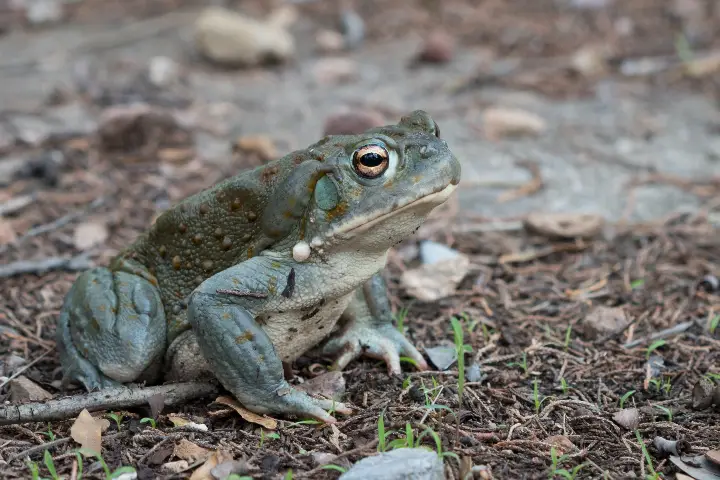A recent post on the Facebook page of the United States National Park Service took everyone by surprise. The agency which manages all the national parks of the country had issued a warning to the visitors not to lick the Sonoran desert toad as per a report in smithsonianmag.com.
This amphibian species aka Incilius alvarius produces psychoactive poison for self-protection and preservation which can kill an adult dog. Their secretion is licked for their purported psychedelic effects. While in the 1980s it was fashionable to lick, now it is smoked by drug addicts to get a high.
The USNPS post said: “As we say with most things you come across in a national park, whether it be a banana slug, unfamiliar mushroom or a large toad with glowing eyes in the dead of night, please refrain from licking. These toads have prominent parotoid glands that secrete a potent toxin. It can make you sick if you handle the frog or get the poison in your mouth.”
The discharge has a psychedelic chemical which is known as 5-MeO-DMT which is also found in some types of fungi. The drug is listed as Schedule I in the US which means that it has “no currently accepted medical use and a high potential for abuse.”
New studies indicate that it may be helpful in treating depression, anxiety, post-traumatic stress disorder and addiction. Former boxer Mike Tyson and Hunter Biden, attorney and second son of US President Joe Biden have claimed that the drug provided them life-changing experience.
This spells bad news for the Sonoran desert toads. Speaking on this, Robert Villa, President of Tucson Herpetological Society and a researcher with the University of Arizona’s Desert Laboratory told High Country News that these creatures secrete toxins in stressful and violent contexts. He added that “ultimately, people are self-medicating at the expense of another creature,” and that “collecting secretions from the toad is no different to the toad than being endangered by a predator.”
These toads who are also called Colorado River toads are found in Mexico and Arizona in the Sonoran Desert. They are found in California and New Mexico too.
Counted among the largest in North America, these creatures can reach eight inches in length and their life span is for 10 years which can extend up to 20. The International Union for the Conservation of Nature’s Red List mentions them as “Least Concern” yet New Mexico considers them threatened due to loss of their habitat, road accidents and overcollection for drug use.




















